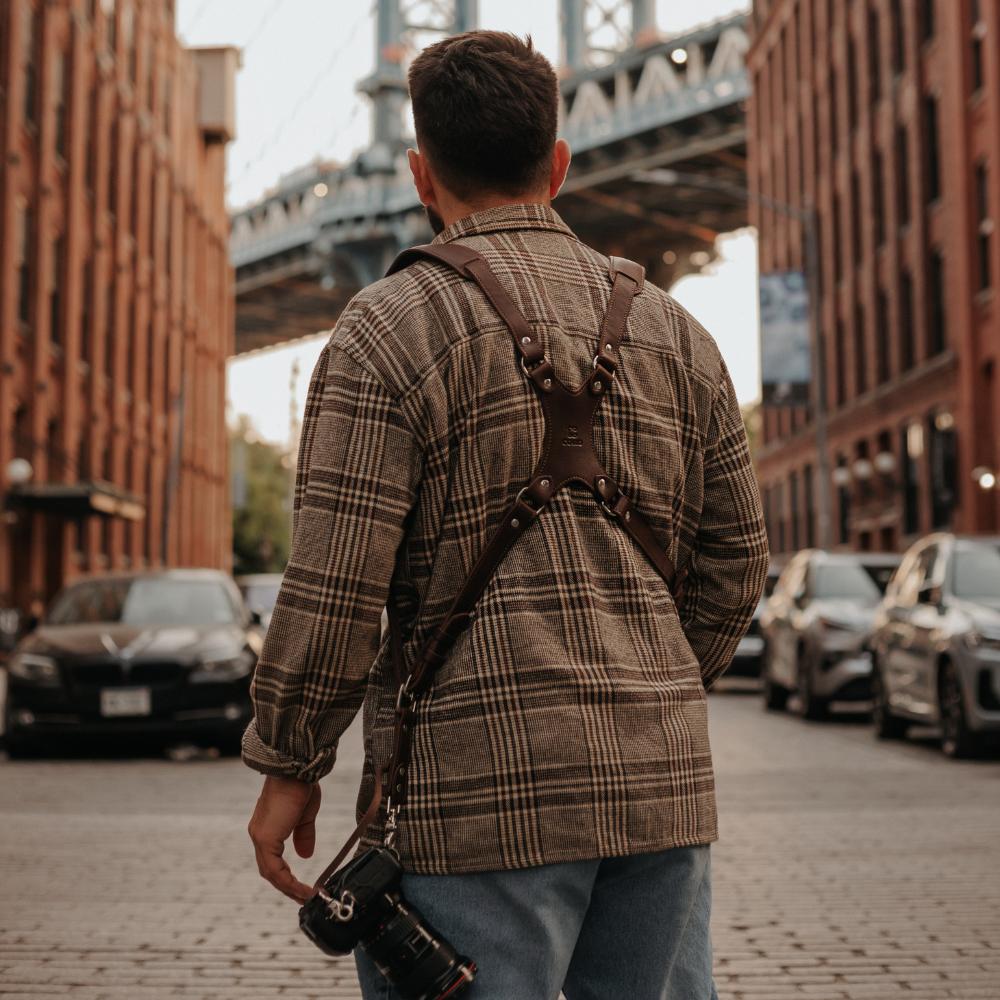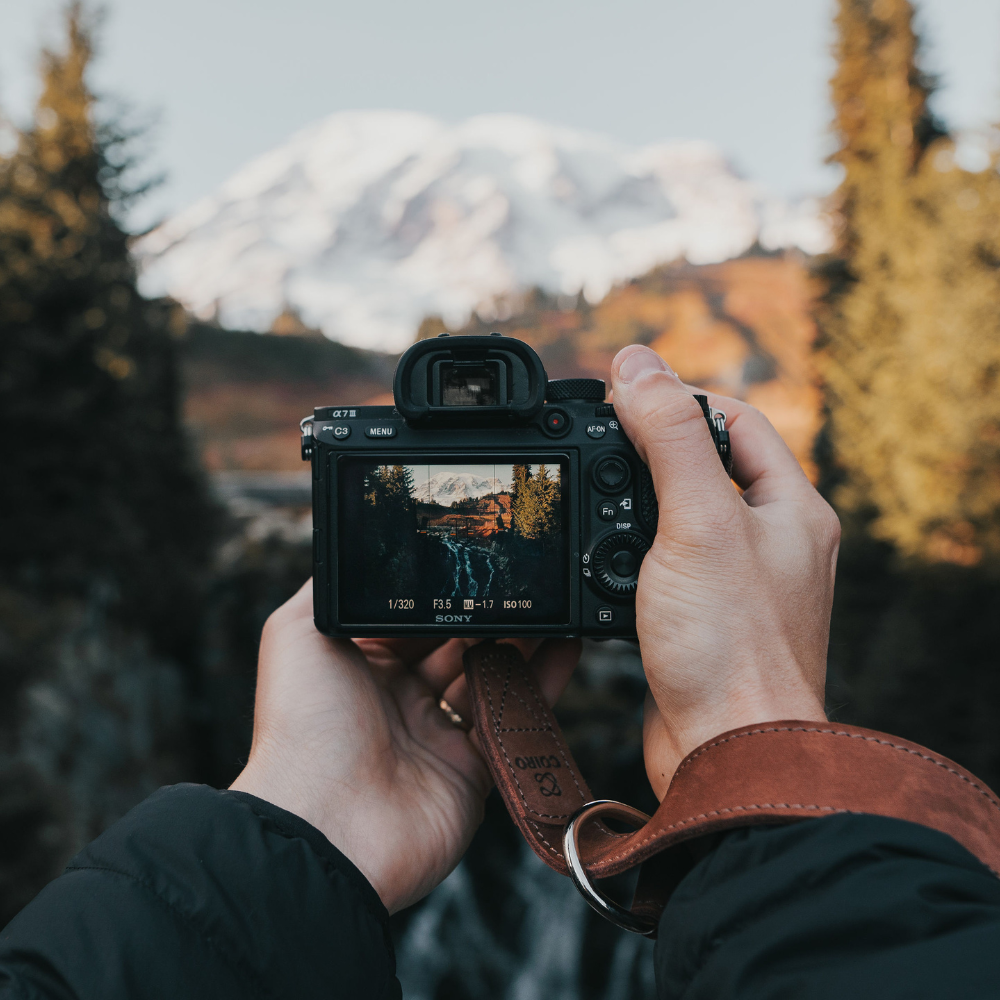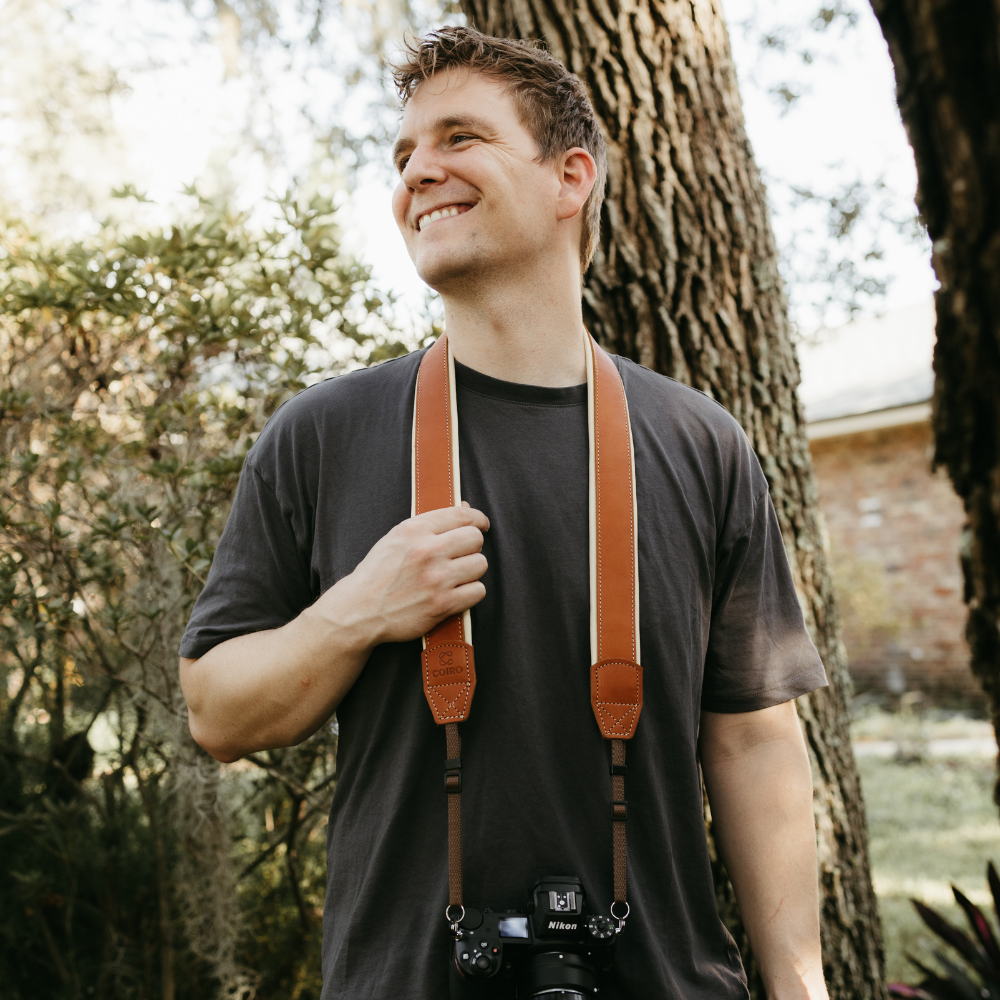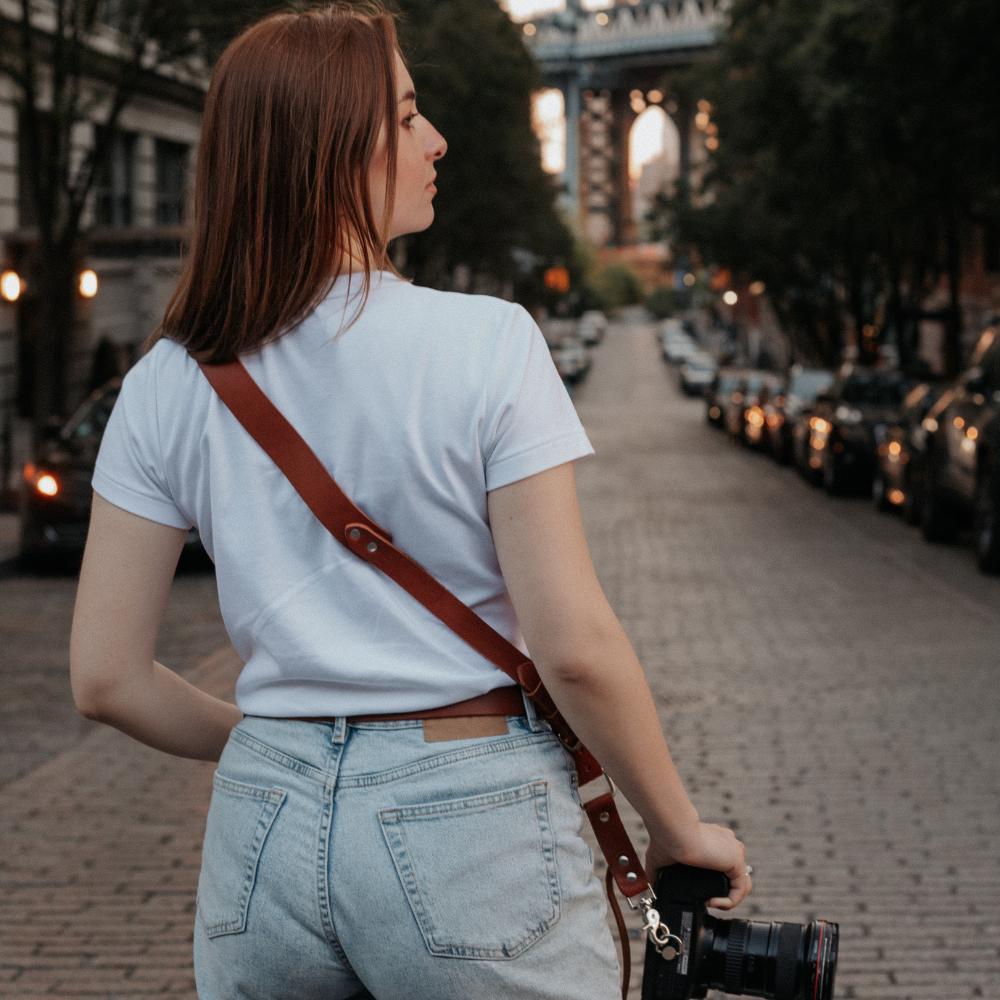Photography has always been an art that combines technology and creativity. However, with the advent of artificial intelligence (AI), we have entered a completely new era, where the boundaries between man and machine are becoming increasingly blurred. From automatic retouching to generating realistic images, artificial intelligence in photography is a game changer for photographers of all levels, from beginners and amateurs to professionals. Professional AI photography, what is it, the future of photography or its rebirth? We suggest looking into this topic in more detail.
How does photography with artificial intelligence work?
Photography with AI is far from just automation. It is a complex ecosystem of algorithms that analyze, interpret and even “understand” an image in their own way. Modern machine learning models are able to identify objects, faces, emotions, lighting and composition. Based on this, professional AI suggests optimal shooting settings or automatically processes the frame. If we consider AI in photography, in smartphones, for example, artificial intelligence is able to analyze the scene in real time. At the same time, it itself selects the most appropriate mode in each specific case — portrait, night, food, landscape, etc. More advanced systems (for example, those present in Canon, Sony cameras or in photo applications) can "see" noise, balance colors and increase sharpness, without destroying the quality at all.
When using AI products for photography, a photographer essentially gets a kind of intelligent assistant that instantly prompts or even acts instead of him, significantly simplifying the implementation of tasks.
Augmented image processing using AI
Today, one of the most important breakthroughs of recent years is augmented processing. In this case, AI for photography does not just help improve the final picture, it can recreate details, draw in non-existent elements, correct focus or replace the background.
With the help of modern neural networks, photographers gain access to effective tools that were previously available exclusively to professional retouchers. Examples of using AI in photography include removing unnecessary objects with one click, intelligently blurring the background, replacing the sky, and improving skin textures without using the "plastic" effect. Moreover, you can get the desired result instantly and without any additional effort. Many applications already offer AI filters that can independently analyze the plot and select the appropriate style for each specific case to suit the mood of the frame. That is, now you will no longer need to manually adjust each element. It will be enough to choose a direction, and the algorithm will do the rest.
AI models for instant sessions of the mode
Artificial intelligence also transforms the shooting process itself. Now the photographer does not have to think about technical nuances, as the camera does it all for him. AI models recognize the face, catch the best moment (for example, when a person is thinking or smiling), align the composition and automatically offer the best photos of the AI product.
Thanks to this, shooting turns into a modern interactive process. Artificial intelligence in real time offers good angles, changes the exposure and helps to work with lighting. This is especially important if you have to shoot in fast conditions. For example, AI photo products are indispensable at special events or when photographing children.
How to retouch images in real time?
Real-time retouching is one of the most impressive trends today. Already during shooting, AI begins working on the final image. Artificial intelligence automatically smoothes the skin, removes pimples, brightens the eyes, increases clarity. And all this is live, on the screen. It is because of this that AI in photography is becoming increasingly indispensable and relevant.
Both the photographer and the model can immediately see the final result, which in turn increases productivity and speeds up the entire process many times. AI products in photography are relevant for commercial shooting, bloggers and social networks, where processing speed is crucial.
An important advantage is that all parameters can be customized. AI does not just “smooth out”, it necessarily takes into account individual characteristics, lighting, even makeup. As a result, artificial intelligence corrects the image with the utmost delicacy.
Significant savings on photographs taken with AI
AI allows you to not only speed up the process, but also save significantly. Some time ago, high-quality retouching required the involvement of individual specialists, the use of expensive programs and wasting time. Now a lot can be done automatically, and not only quickly, but also cheaply and at a decent level. For modern studios, AI-powered photo products mean lower post-production costs, and for individual photographers, the ability to process more orders in a short time. Even a simple smartphone with an AI camera can already compete with semi-professional equipment, making high-quality photography more accessible to a wide range of users. It is also worth noting that artificial intelligence significantly reduces the cost of re-shooting. The reason is that algorithms help avoid errors already at the shooting stage, and if necessary, you can correct the photo later.
Is AI a real revolution in photography?
In this case, we can safely say that yes, AI in photography is a real revolution. It is not just a tool, because AI changes the very philosophy of photography. If earlier the main focus was on the ability to manage professional equipment and build light, now it is on the idea, concept, story. At the same time, the machine takes on the routine, and the person is left with the most pleasant and inspiring thing — creativity.
AI for creating a photo gives more freedom, which is especially important for beginners. Artificial intelligence helps to create high-quality photos without deep knowledge, making the process more intuitive. And for professionals, it opens up new horizons, since specialists have the opportunity to use creative filters, generative effects, imitation of rare optical techniques.
At the same time, do not forget that AI is not a replacement for a photographer, it is a kind of partner. Artificial intelligence cannot feel the moment, catch the mood or create a unique atmosphere. These elements are still in the hands of a person.
Retouching and enhancing images live
Thanks to AI, “live enhancement” has become a reality. Programs such as Adobe Lightroom with neural networks or Luminar Neo make it possible to see changes instantly. Users can watch how color, brightness, sharpness, details change — and all this in real time, without any slowdowns or rendering.
Algorithms are able to independently find what to improve, because they recognize eyes, skin, background, due to which they apply adjustments pointwise. This is not only very convenient, but also makes it possible to make more precise edits without wasting time. Therefore, there is no doubt that in the near future, this approach will become the standard, namely fast, precise, and most importantly — reversible processing directly in the process of work.
Personalization of photos using AI technologies
AI makes photos more personalized and personal. Artificial intelligence analyzes the user's style, his own preferences, the most frequent scenarios and adjusts automatically. For example, if you often shoot in warm colors, AI will suggest the appropriate processing. The algorithm can also suggest the best angle if you often shoot portraits with bokeh.
Some apps already allow you to train AI in your own way using your photo database. Thanks to this, it will imitate your shooting and processing style. This is especially important for bloggers, large brands and creative professionals who value a single visual identity. Personalization even affects voice commands, as users can simply say “make soft light” and the desired result will not take long to appear.
On the future of impulsive photography for AI
Here and now photos are an important part of modern visual culture. AI in photography helps to capture spontaneous moments with the quality of studio shooting. Algorithms improve photos instantly, stabilize images, adjust exposure and make even difficult conditions such as darkness, movement, and the sun in the frame not a problem, but an opportunity. Thanks to this, impulsive photography becomes not only convenient, but also maximally expressive. Professionals no longer need to think about whether the shot will turn out well, because AI has probably already done it better.
AI vs. traditional photography: what's the difference?
The main difference is in the approach. Traditional photography requires photographers to have technical training, deep knowledge of equipment, and long post-processing. Photography with AI is about speed, flexibility, and automation. But at the same time, artificially created photography does not exclude creativity. On the contrary, it opens up even more opportunities for experiments for professionals, reduces the entry barrier, and saves time.
The difference in this case is only in who exactly makes the decision — a person or an algorithm. AI can help, but it cannot replace feelings and vision. The traditional approach is still relevant where authenticity, control, and the author's vision are important. And artificial intelligence will become an ideal ally in the world of speed, visual content, and digital storytelling.





